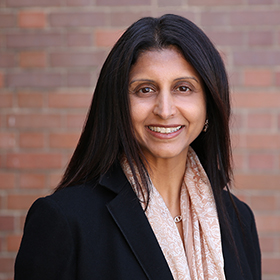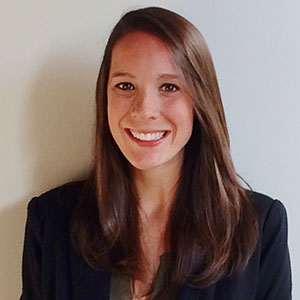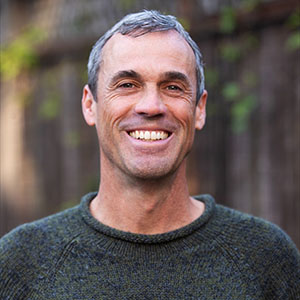Executive Summary
Collaborative funds—entities that strategically channel resources from multiple donors to nonprofits and community-based organizations—deliver outsized impact across issue areas in the Global South. Yet they remain a largely underutilized segment of the global philanthropic landscape. Indeed, the donors for whom collaborative funds in the Global South could be the best fit—high-net-worth individuals without large philanthropic teams, deep topical or geographic expertise, and relationships with actors on the ground—lag in participation in these funds, save for a few exceptions.
Building on Bridgespan’s research regarding collaborative funds as giving vehicles in “Releasing the Potential of Philanthropic Collaborations,” this report focuses on the power and potential of these funds working specifically in the Global South. One key finding: collaborative funds working in the Global South are experts in channeling resources to “proximate” leaders—those with lived experience and local knowledge—and to local communities.
In fact, of a subset of nearly 40 collaborative funds we analyzed, the wide majority reported at least three-fourths of their grantees are led by an individual who is representative of the communities they serve. That’s particularly striking since, according to the Council on Foundations, only about “13 percent of US foundations’ global grant dollars go directly to organizations based in the country where programs are implemented.” Collaborative funds unlock the ability for funders to connect to organizations closest to the work, to get a pulse of what’s happening on the ground, and to achieve targeted, sustainable impact.
This report highlights the unique value proposition of collaborative funds working in the Global South, describes the larger landscape of these funds, and offers resources and practical next steps for funders to unlock the full philanthropic potential of collaboratives.
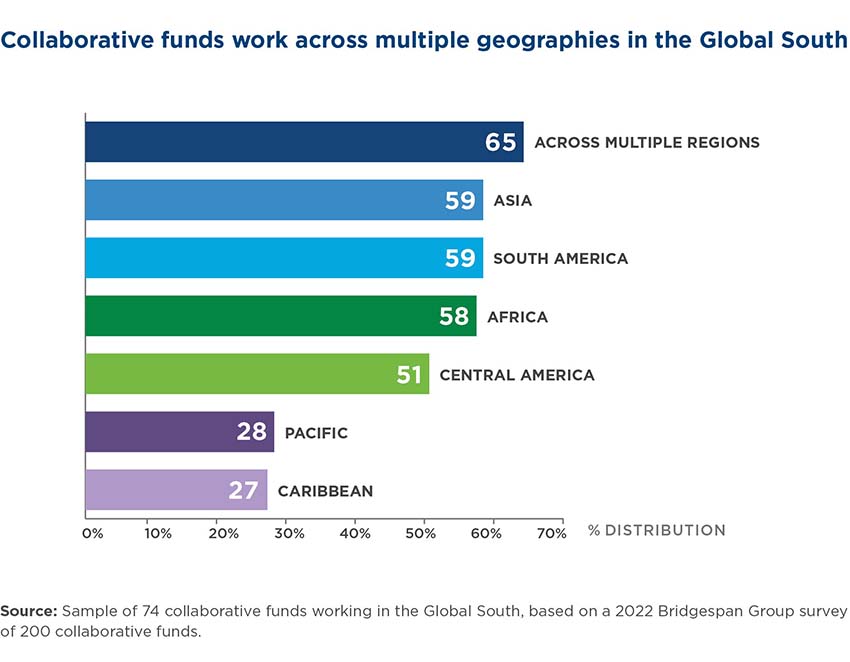
How Collaborative Funds Working in the Global South Stand Out
In our analysis of the value proposition of collaborative funds working in the Global South, we found three prominent and intertwined factors at play: efficiency, effectiveness, and engagement.
- Collaborative funds are efficient ways of supporting funders with navigating due diligence, logistics, and risk.
- Collaborative funds working in the Global South often have deep relationships with local actors and have vetted networks—an advantage for donors with lean teams who are eager to build issue-based or geographic knowledge efficiently.
- Collaborative funds working in the Global South often have deep relationships with local actors and have vetted networks—an advantage for donors with lean teams who are eager to build issue-based or geographic knowledge efficiently.
- Funds are effective because they are proximate to communities and build capacity.
- There’s growing awareness in philanthropy of the power of proximity and trusting those closest to the problem to design and implement the solutions that maximize impact. Many funds working in the Global South anchor their approach, from sourcing to diligence and decision making, in principles of trust-based philanthropy. The vast majority of funds also offer critical support aimed at building stronger, more resilient organizations and strengthening the larger ecosystem.
- There’s growing awareness in philanthropy of the power of proximity and trusting those closest to the problem to design and implement the solutions that maximize impact. Many funds working in the Global South anchor their approach, from sourcing to diligence and decision making, in principles of trust-based philanthropy. The vast majority of funds also offer critical support aimed at building stronger, more resilient organizations and strengthening the larger ecosystem.
- Collaborative funds engage donors in a learning journey.
- Collaborative funds working in the Global South give donors access to specialized issue-area knowledge and locally rooted expertise. A donor who engages a fund can get up to speed quickly on a range of solutions and build issue knowledge in unfamiliar geographies. Of the funds we surveyed, 81 percent reported that they actively work to build knowledge of donors.
- Collaborative funds working in the Global South give donors access to specialized issue-area knowledge and locally rooted expertise. A donor who engages a fund can get up to speed quickly on a range of solutions and build issue knowledge in unfamiliar geographies. Of the funds we surveyed, 81 percent reported that they actively work to build knowledge of donors.
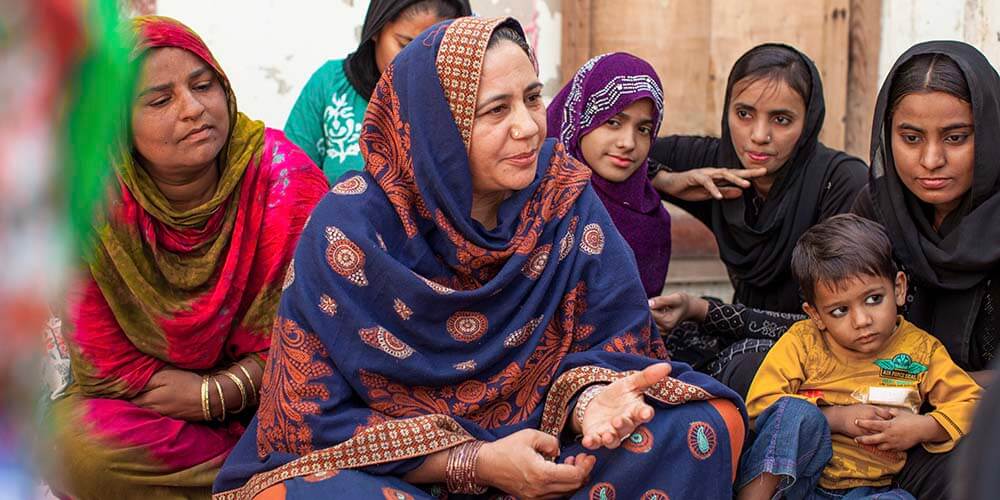 Mama Cash, the world’s first women's fund, has supported the Home-Based Women Workers Federation in Pakistan (members pictured above) since its legal registration in 2009. (Photo courtesy of Mama Cash/©Khaula Jamil)
Mama Cash, the world’s first women's fund, has supported the Home-Based Women Workers Federation in Pakistan (members pictured above) since its legal registration in 2009. (Photo courtesy of Mama Cash/©Khaula Jamil)
The Landscape of Funds Operating in the Global South
There are far more of these collaborative funds than most donors are aware of, working across a wide range of issue areas and geographies. Some of the key points our research uncovered:
- The number of collaborative funds working in the Global South has grown to at least 175 in the past two decades.
- Of the approximately 70 collaborative funds working in the Global South that participated in our survey, 42 percent launched in the past 10 years, and 76 percent launched in the past 20 years.
- Yet these funds have remained relatively small—two-thirds of the funds we surveyed directed less than $5 million in 2021—and could absorb and deploy far more funding.
- Eighty-nine percent of collaborative funds working in the Global South work on more than one issue. Funds had a median of seven secondary issues, indicating how intersectional this work is.
- Gender equality is the most prevalent area of focus, followed by environmental justice and climate change.
How Funders Can Get Started
“Funds give a philanthropist—no matter where they are in their journey—an on-ramp to the issue in a local cultural and geographical context, whether you know nothing about local grassroots organizations or you’re a more sophisticated funder who sees that your resources can’t do it alone,” says Natasha Desterro Dolby, a philanthropist who supports funds working in the Global South. “It’s an incredible opportunity to leverage resources and knowledge to create greater impact.”
Funds working in the Global South can be an incredibly powerful vehicle in a funder’s global grantmaking portfolio, particularly funders moving into a new issue area or geography. A database of funds, organized by both issue area and geography, is available on our website.
Kathy Reich, director of the BUILD Initiative at the Ford Foundation, suggests funders use the same approach to engaging with funds working in the Global South they would employ for other lines of investment. “Try to figure out who’s actually in the field, meet with them, try to understand what they do, meet their grantees, and don’t be afraid to start small and spread out your bets.”

